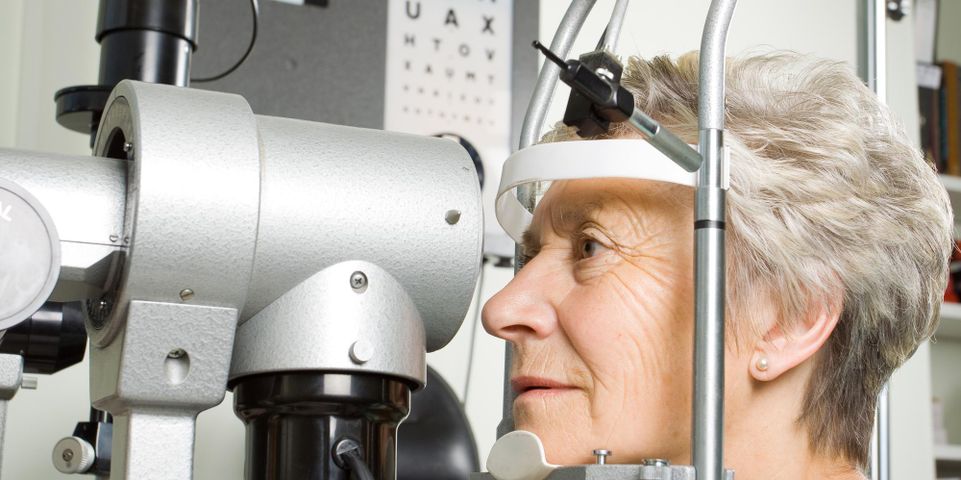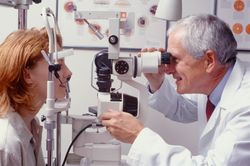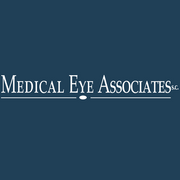5 Eye Problems Your Optometrist Will Check For

Even if you don’t need corrective lenses, it’s important to visit the optometrist once a year to be screened for eye conditions that can cause vision loss if left untreated. Early detection can help preserve your vision, so it’s vital to know the signs before an eye problem gets worse. Here are five of the most common conditions your eye doctor can help you look out for.
5 Common Eye Problems and their Symptoms
1. Cataracts
When the lens of your eye becomes cloudy, it has likely developed a cataract. Cataracts can begin forming around age 40, but most people don’t notice symptoms until they reach about 60 or older. Signs of cataracts include cloudy or hazy vision, double vision, light sensitivity, and colors appearing with a yellowish tinge.
2. Glaucoma
Glaucoma occurs with fluid build-up in the eye, which creates pressure on the optic nerve. This pressure can damage the nerve permanently. Primary open-angle glaucoma is the most common and involves a gradual onset as the eye ceases to drain fluid properly. Angle-closure glaucoma can happen suddenly and needs to be seen by a doctor right away. Symptoms include headache, blurry vision, nausea and vomiting, and severe eye pain along with rainbow rings around lights.
3. Diabetic Macular Edema
 People with diabetes should see an optometrist regularly to check for diabetic macular edema (DME), a condition that follows diabetic retinopathy. DME is most common in people who have had diabetes for a long time, along with hypertension and fluid retention. This condition occurs when fluid gathers in the macula because blood vessels are leaking. Floaters and double-vision are common symptoms, and people with diabetes should have them seen right away.
People with diabetes should see an optometrist regularly to check for diabetic macular edema (DME), a condition that follows diabetic retinopathy. DME is most common in people who have had diabetes for a long time, along with hypertension and fluid retention. This condition occurs when fluid gathers in the macula because blood vessels are leaking. Floaters and double-vision are common symptoms, and people with diabetes should have them seen right away.
4. Macular Degeneration
This condition is the leading cause of vision loss and afflicts more people than cataracts and glaucoma together according to the American Macular Degeneration Foundation®. This deterioration of the retina does not damage vision in early stages, although in later stages, it can cause wavy or blurred vision or loss of central vision, leaving peripheral vision intact.
5. Ocular Hypertension
Ocular hypertension is when the pressure inside the eye is higher than it should be. This can lead to glaucoma and vision loss. There aren’t obvious signs of ocular hypertension, and it must be detected by an optometrist at your yearly comprehensive eye exam. Early detection of this condition can lead to treatments that will reduce your risk of developing glaucoma.
If you want to have your eyes checked by an optometrist, Medical Eye Associates, S.C. in Waukesha County, WI, has been serving the community’s vision care needs since 1939. They offer affordable, friendly care using the latest treatments and technology to protect your vision and your eye health. For those who want to leave glasses and contacts behind, their team also performs LASIK surgery. To schedule an appointment with an eye doctor, call (262) 363-5333.
About the Business
Have a question? Ask the experts!
Send your question

